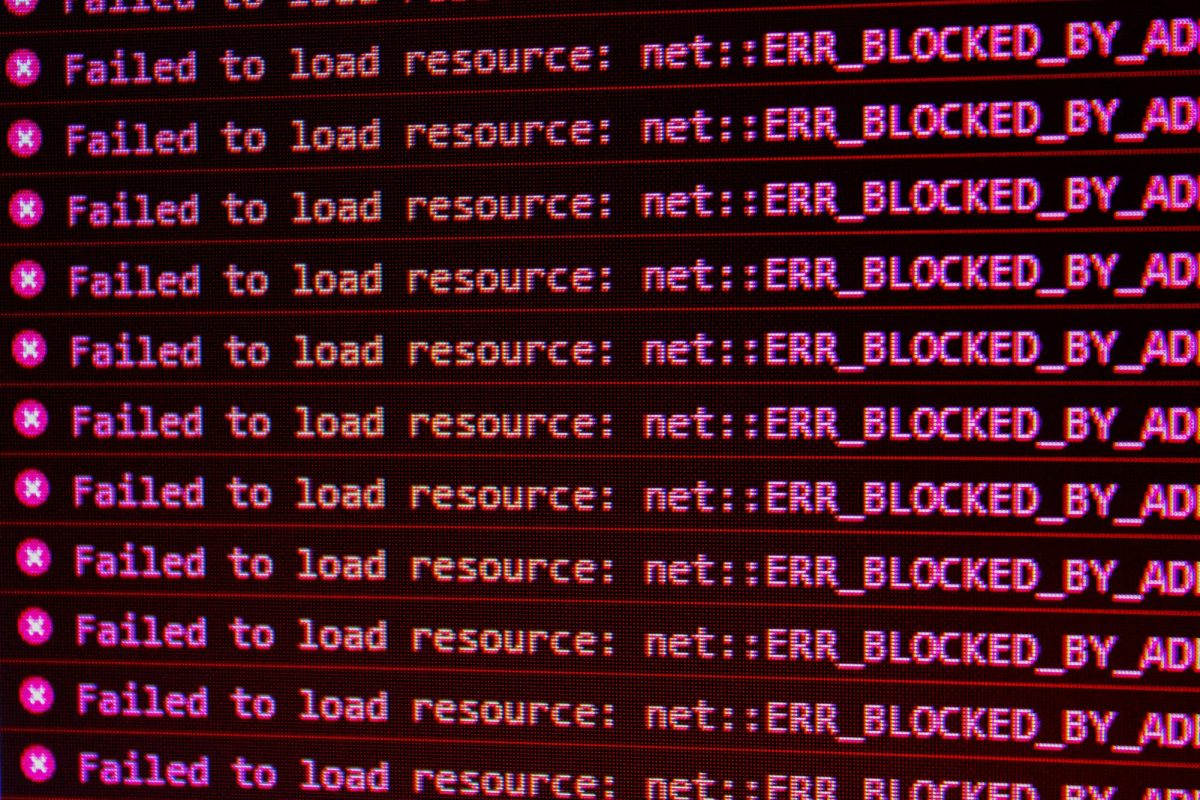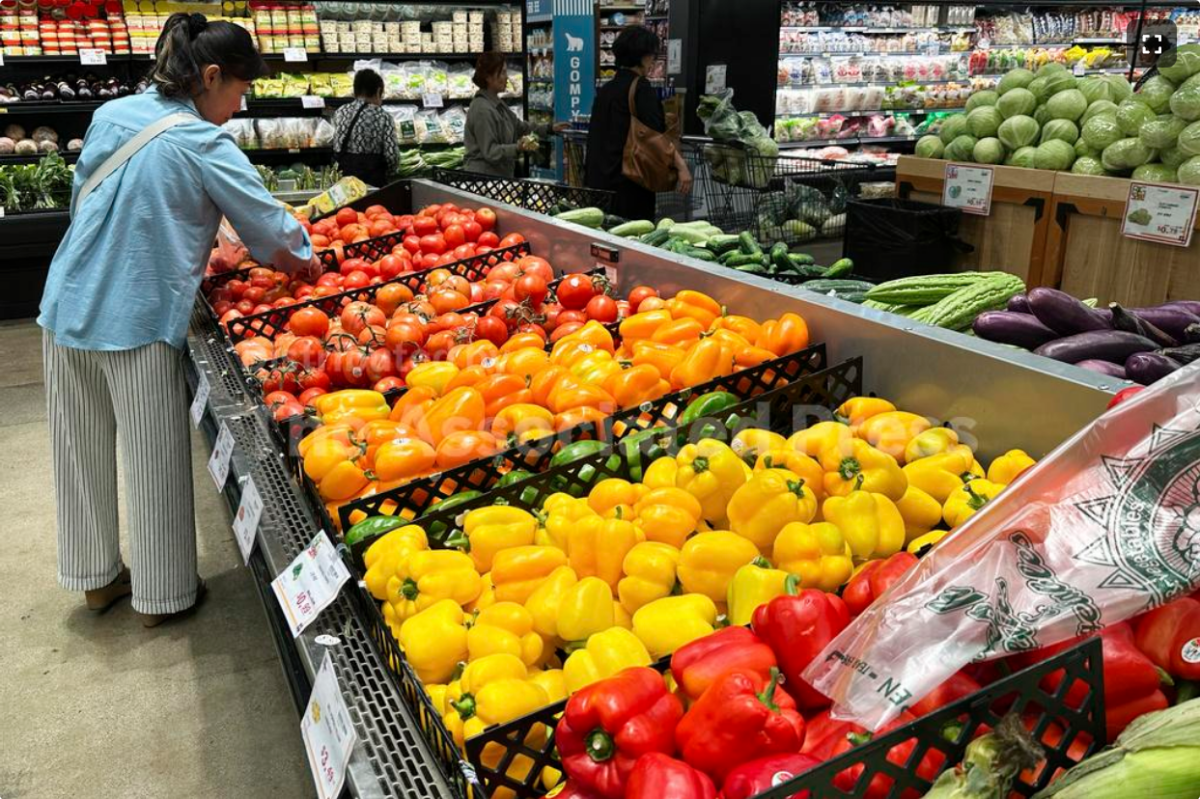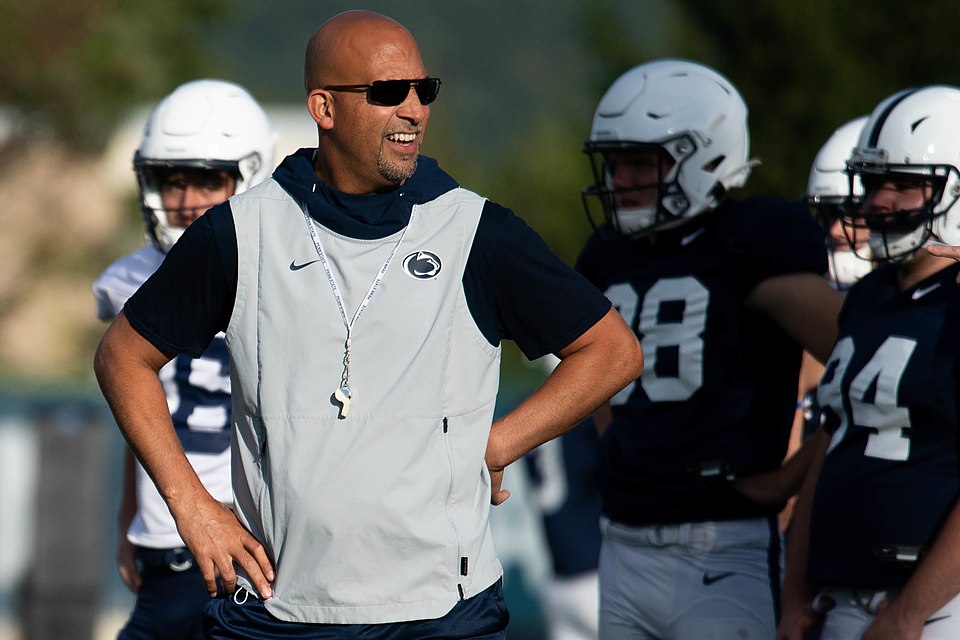The Looming Crisis Surrounding the Colorado River
The Colorado River provides water to farms, powers electric grids, and provides water to 40 million people. But its loosing water at an alarming rate and it’s only a matter of time before it completely dries out.
September 29, 2021
The Colorado River provides water to 40 million people. The area where the river flows through is divided into two sections: the Upper Basin and the Lower Basin with the Upper Basin being the area where 90% of the river’s flow originates. The Upper Basin supplies water to Colorado, Utah, Wyoming, and New Mexico. The Lower Basin supplies water to California, Arizona, and some to Mexico.
The two Basin’s also house reservoirs. The Upper Basin is home to Lake Powell and the Lower Basin houses Lake Mead which was formed by the creation of the Hoover Dam and uses hydropower to generate electricity for more than 20 million people living in the surrounding area. The lakes serve as backups incase the Colorado River fails to supply the amount of water that is required from it. If the Upper Basin cannot deliver their promised amount of water to the Lower Basin, they would then deliver it with the water from Lake Powell.
The river and lakes are now facing a water shortage and global warming plays a very important role. The way the Colorado River receives its water is trough snow. As temperatures get higher, the amount of precipitation that falls as snow decreases, and the snow that does fall melts faster. More evaporation also means less water stays left over when it goes down into the river. Dry soils and thirsty plants around the river along with a thirstier atmosphere (which is capable of holding in more water due to rising temperatures) also contribute to the problem.
People living in states and cities won’t feel the full effects of the drought, farmers will. Farmers have known for years that the water in the Colorado River would eventually run out. They just didn’t expect it to happen so soon. As water starts to become more scares, they will have to start agreeing on who can and will stay in business with veterans in the farming field being the most favorable.
Farmers, scientists, water managers, and policy makers across the Southwest are now trying to find ways to beat an unfolding crisis. This includes drilling between 1,200 and 1.300 feet underground as part of Arizona’s drought contingency plan and locating new sources of water outside of the lakes.
With the Colorado River losing water at an alarming rate, more restrictions are set to be placed early next year. However due to global warming and other factors, the future of the river, lakes, and the people who depend on them will remain uncertain.
























